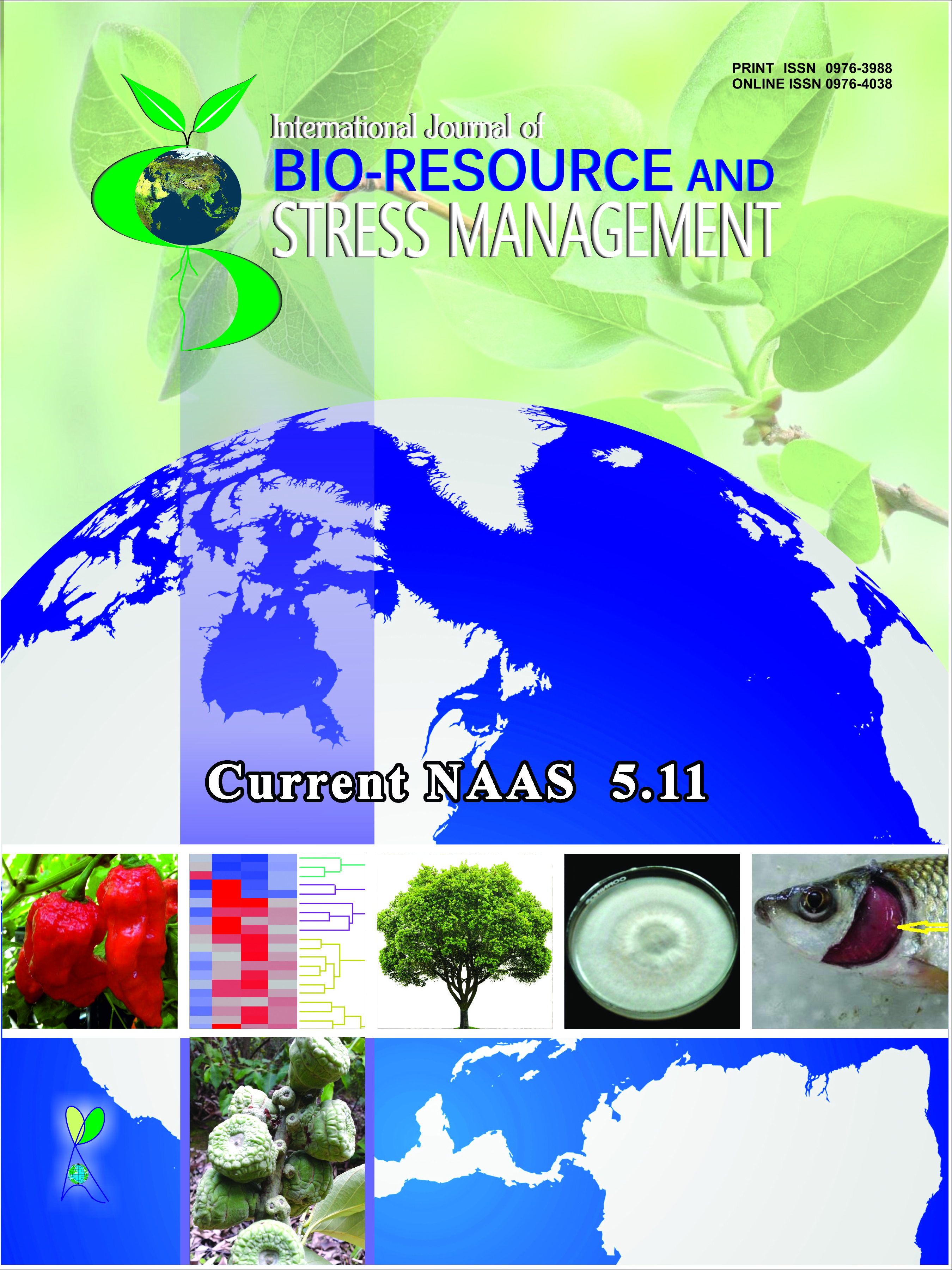Characterization of Xylem Water Potential in Ten Native Plants of North-eastern Mexico
Keywords:
Tamaulipan thornscrub species, drought, soil water, water potentialAbstract
Since water stress is the most limiting factor in north-eastern Mexico, the present study focused to characterize the xylem water potentials (Ψ, MPa) of ten native tree and shrub species such as Acacia rigidula (Leguminosae; shrub), Bumelia celastrina (Sapotaceae; tree), Castela texana (Verbenaceae; shrub), Celtis pallida (Ulmaceae; shrub), Forestiera angustifolia (Oleaceae; tree), Karwinskia humboldtiana (Rhamnaceae; shrub), Lantana macropoda (Simaroubaceae; shrub), Leucophyllum frutescens (Scrophulariaceae; shrub), Prosopis laevigata (Leguminosae; tree) and Zanthoxylum fagara (Rutaceae; tree) under drought and high soil water content. Under drought conditions, P. laevigata, A. rigidula and C. texana achieved higher Ψ at pre-dawn with values of -2.72, -2.78 and -3.42 MPa, respectively, while minimum value of -6.82 MPa was observed in Z. fagara. Similarly, higher Ψ at mid-day was registered in C. texana, B. celastrina and P. laevigata with values around -4.15 MPa, while lower values (<-7.0 MPa) were acquired by L. macropoda, K. humboldtiana and Z. fagara. In contrast, under high soil water content, pre-dawn Ψ varied from -0.52 MPa (K. humboldtiana) to -1.63 MPa (C. texana). With respect to mid-day Ψ data, Ψ values ranged from -1.43 MPa (L. macropoda) to -2.28 MPa (C. texana). Since the plant species A. rigidula, B. celastrina, C. texana and P. laevigata achieved higher pre-dawn and mid-day Ψ values under drought conditions, the results indicated that these species could be considered as drought adapted species while, L. macropoda, K. humboldtiana and Z. fagara which acquired lower water potentials, may not be suitable to drought and thus, may be in a physiological disadvantage under limited water conditions. The study suggests that the first four species may serve as a pertinent model to study the strategies of adaptation to drought at high tissue water potential while the later may serve as an adequate model to study plant adaptation to drought at low tissue water potential. The implications of this study suggest that the species respond differently to drought through the employment of different strategies and there is scope for forest and range management practices in the selection of drought tolerant species for planting and reforestation of drought prone areas.
Downloads
Downloads
Published
How to Cite
Issue
Section
License
Authors retain copyright. Articles published are made available as open access articles, distributed under the terms of the Creative Commons Attribution-NonCommercial-ShareAlike 4.0 International License, which permits unrestricted non-commercial use, distribution, and reproduction in any medium, provided the original author and source are credited. 
This journal permits and encourages authors to share their submitted versions (preprints), accepted versions (postprints) and/or published versions (publisher versions) freely under the CC BY-NC-SA 4.0 license while providing bibliographic details that credit, if applicable.





